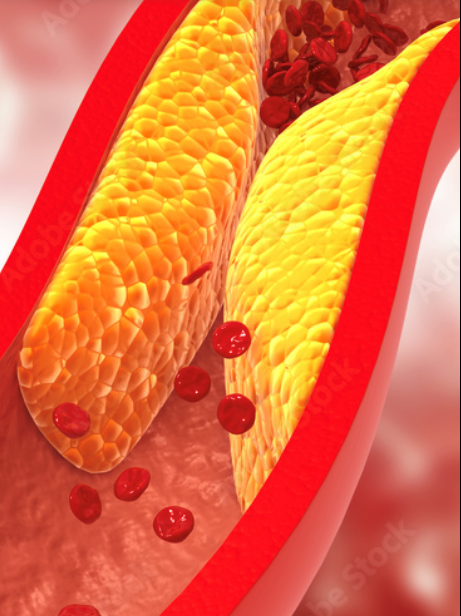Intermittent Claudication / Peripheral Vascular Disease
Peripheral Vascular Disease is also known as 'Claudicatio Intermittens', which literally means 'intermittent limping'. It is a vascular disorder in which the arteries in the legs are narrowed. The arteries are blood vessels that supply oxygen-rich blood.
In Claudication Intermittens, the arteries are narrowed due to arteriosclerosis. As a result, the leg muscles do not receive enough oxygen while walking, causing pain. By stopping walking, the narrowed blood vessels have time to supply the leg muscles with sufficient oxygen again. As a result, the symptoms go away.
Intermittent Claudication / Peripheral Vascular Disease
Features
With intermittent claudication, people have pain, cramping or a tired feeling in the leg while walking. The symptoms can occur in the foot, calf, thigh and/or buttock. If you stand still the symptoms disappear again.
Because of these symptoms, people are often very limited in the maximum distance they can walk.
Furthermore, you may also suffer from cold feet and/or chalky nails.
Treatment
Under the guidance of the physical therapist, affiliated with the national network 'Chronisch Zorgnet', through walking therapy and active exercises, blood flow in the legs, coordination and endurance of the muscles are improved. It also trains the pumping function of the heart and lung function and increases overall fitness.
The goal of walking therapy is to increase pain-free walking distance. Research shows that maximum walking distance can certainly be doubled and often improved even more.
During the program, if necessary, attention will also be paid to improving lifestyle. Think of quitting smoking, healthy diet and healthy exercise in general.
Research and treatment
Under the guidance of a physical therapist affiliated with the National network 'Chronisch Zorgnet', walking therapy and active exercise therapy improves arterial blood flow, coordination and muscular endurance. During walking therapy , the goal is to increase pain-free walking distance. Research shows that maximum walking distance can certainly be doubled and often tripled or quadrupled. During therapy, if necessary, attention will also be paid to improving walking patterns and lifestyle factors such as quitting smoking, getting exercise and a healthy diet.
Cost
Physical therapy for Claudication Intermittens is reimbursed from the basic insurance. For this it is important that the therapist is affiliated with the national network 'Chronisch Zorgnet', otherwise the health insurance will not reimburse it. Per 12 months, 37 treatments are reimbursed.
GP/specialist referral
Treatment of Claudicatio Intermittens requires a referral from primary care physician (or specialist).
In our practice, Natascha Huls is a specialist in the field of Claudication Intermittens. She is a member of the national network 'Chronic Care Network'.

